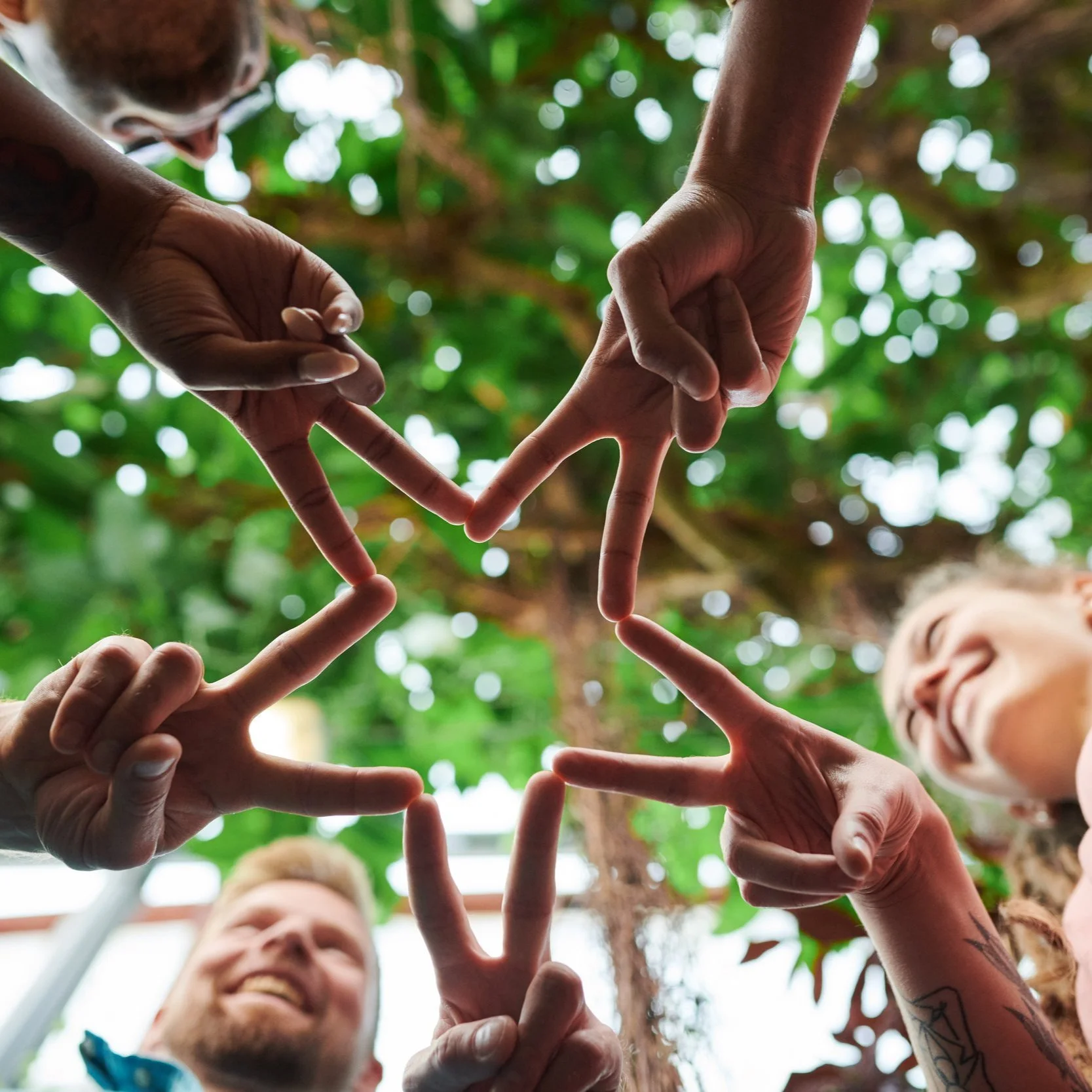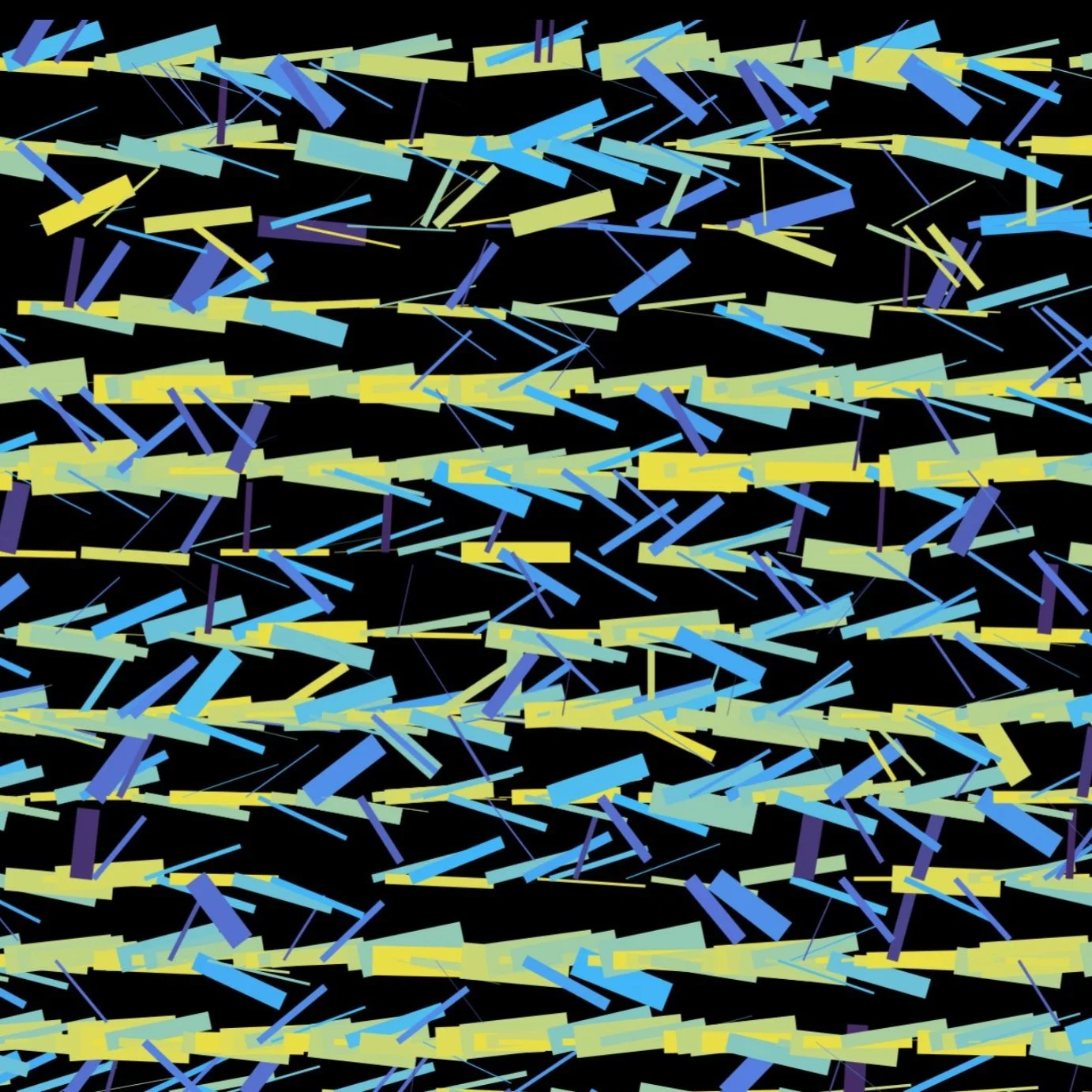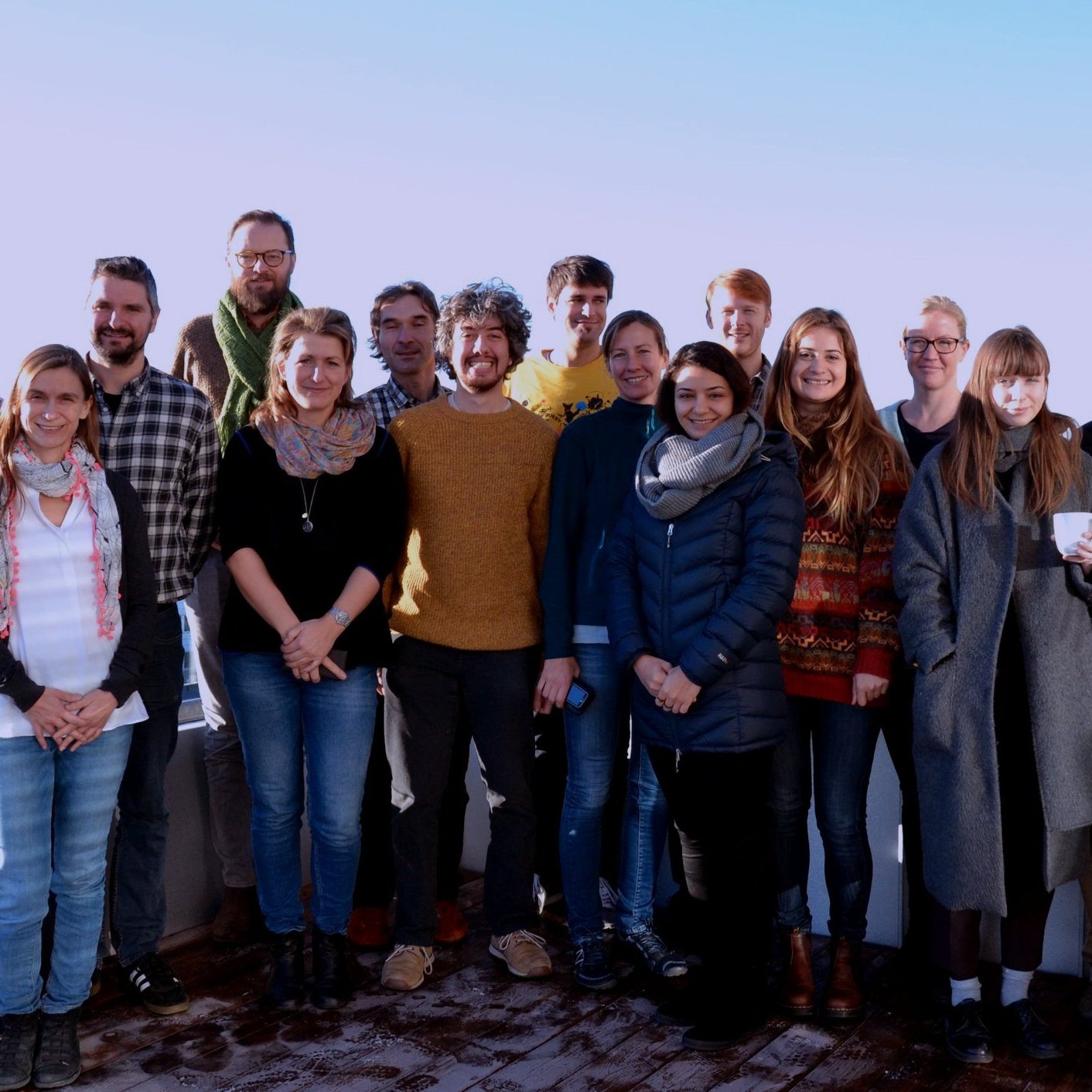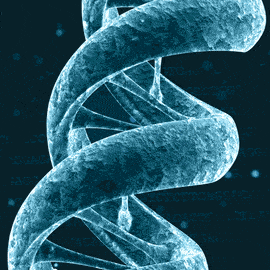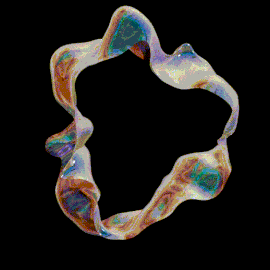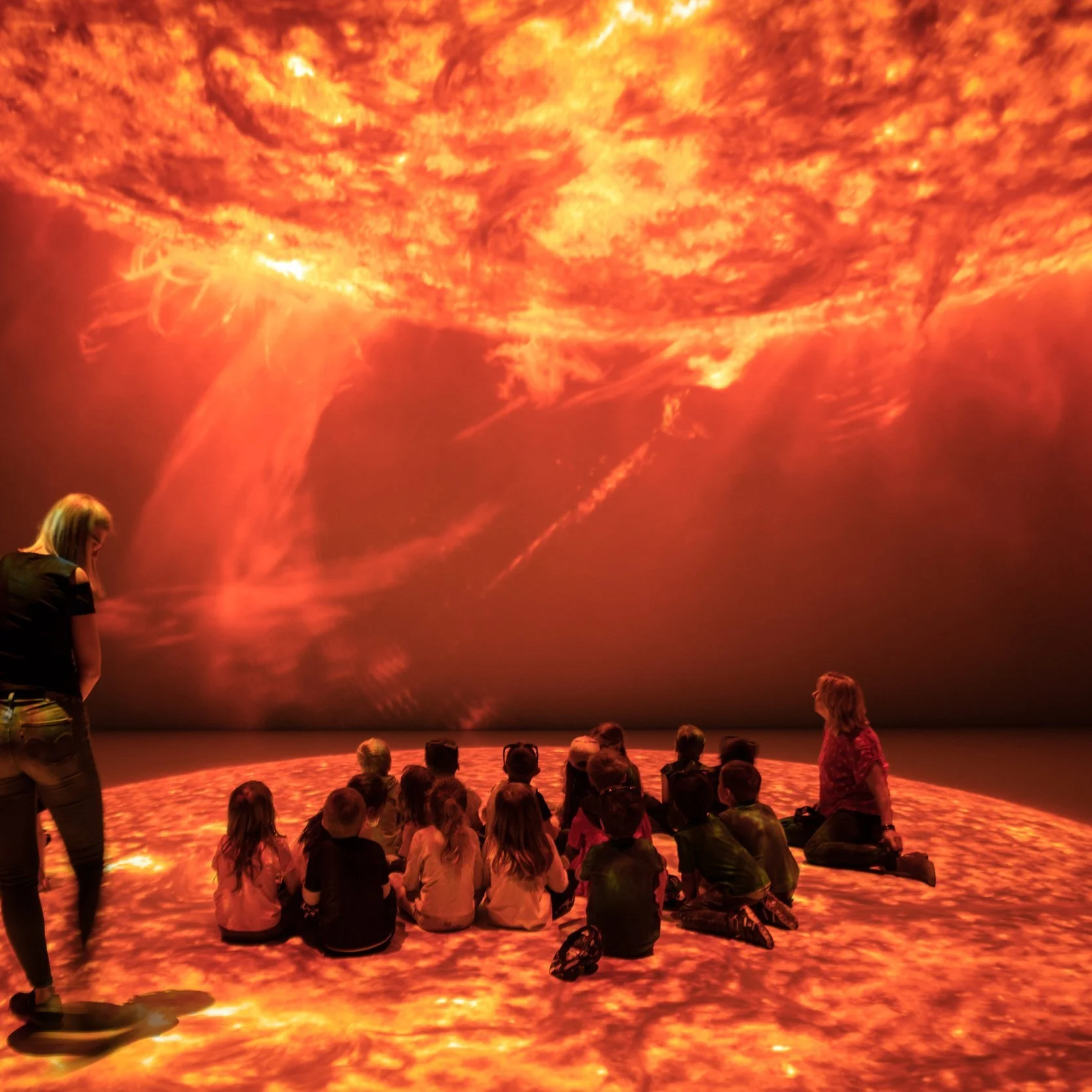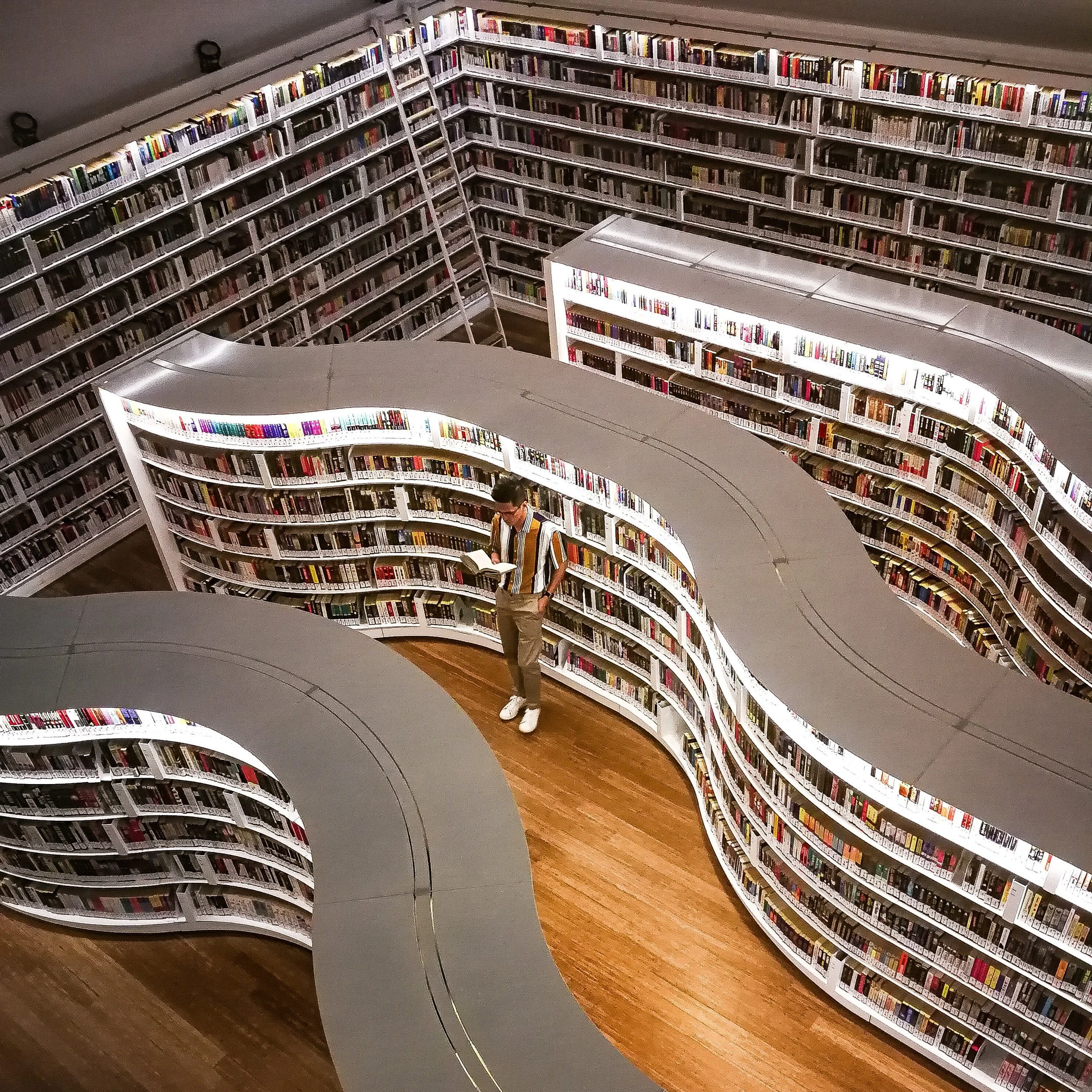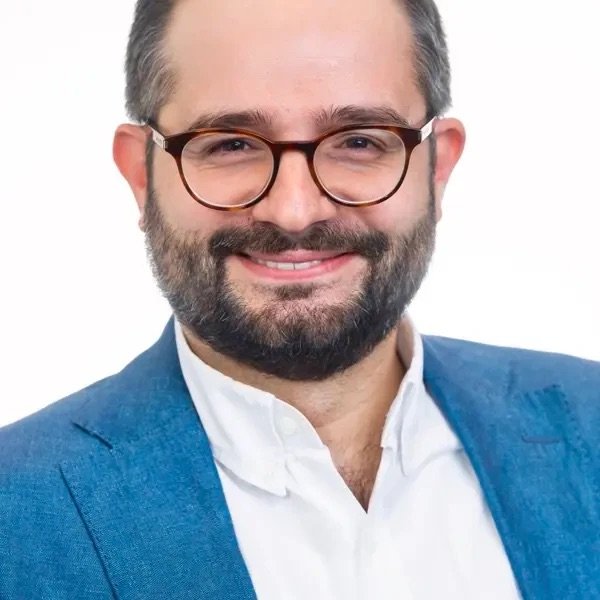– I want to take these ideas and concepts further, and LINXS is the best place to do this, says Roland Kádár, Professor of Rheology at Chalmers University of Technology.
The theme aims to unite soft matter science and soft matter processing with the focal point of rheology – the science of flow and deformation of matter – as a uniquely positioned analytical tool that connects both worlds across disciplines.
– As most materials around us are neither liquids nor solids, and depending on circumstances they show characteristics of both, it is not enough to only study their rheology, we also need to understand how that relates to their structure. This knowledge is crucial to optimize new materials and to understand the material world around us, says Roland Kádár.
– With our theme, we would like to create a strong research community around ESS and MAX IV with capabilities to perform a range of forward-looking neutron and X-ray scattering experiments.
The theme will work across three working groups: WG1. Infrastructure development, WG2. Material development and processing, and WG3. Education and outreach, and gathers researchers from Chamers University of Technology, Lund University, MAX IV, and ESS, as well as KTH, RISE, Tetra Pak, Uppsala University, the Technical University of Denmark, DTU, VTT, Aalto University, Norwegian University of Science and Technology and the University of Copenhagen.
Spark new research within method development
Roland Kádár has many hopes for the upcoming theme: one is that it will spark new research, especially within method development pertaining to scattering techniques.
He explains that for the development of new materials that could accelerate energy and sustainability transitions – for example of cellulose – it is very important to test various properties at the same time to really understand their behaviour – including their rheology, temperature and moisture.
Using various techniques are also key to be able to probe and mimic the length scales that today exist in nature – in order control their properties for new applications, he notes. Natural materials have evolved into very complex hierarchical structures that researchers across the world are trying to understand and get inspiration from in the lab.
– A tree takes maybe ~100 years to grow to full size, but we do not have that time to our disposal. The goal is to recreate similar hierarchical structures, and engineer new materials which we can control from the nanoscale to the macroscale. For that we need new approaches for how we perform experiments.
Using multiple techniques is key to propel research to new heights
Their own early experiments at MAX IV also highlight that it is more beneficial for users to use various techniques at the same time: for example, synchrotron scattering and optical imaging, as it reveals a more complete understanding of phenomena.
– I think this is where the future lies: if you perform experiments separately, there is always a doubt if the results would have been exactly the same if you had done them together.
The possibilities of exploring these issues within the framework of the new theme is very exciting says Roland Kádár. It offers huge possibilities to create strong networks, forge new collaborations and advance theoretical and practical approaches.
– Having LINXS as our platform is a strong foundation from which to contribute propelling X-ray and neutron research to new heights, as the same time as we are also supporting research that can potentially make a big difference for society.
The end goal for the theme is to create long lasting and fully funded collaborations, and enduring networks.
– We also want to create scientific friendships, and we’ll make sure to use our time at LINXS well so that we can continue the work we are now starting, says Roland Kádár.
Read more about RheoMAXESS



